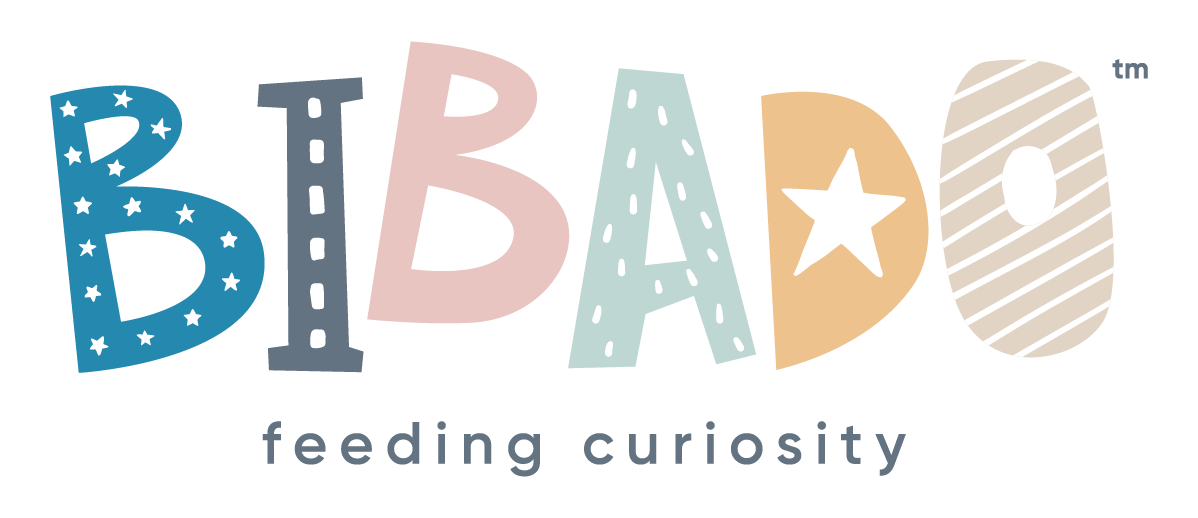Mealtime adventures are better with Bibado! Let our award-winning products make a difference to your weaning journey.
 Shop Now
Shop Now


Choking is understandably a parent's biggest fear when it comes to weaning, but how do you know the difference between gagging and choking? Read on for our top tips and when to intervene.

Would you know what to do if your little one was choking?
We recently caught up with mum of three and Naturopath Lucinda Miller on our Feeding Curiosity podcast “Ready for a weaning adventure”. We learnt so much from this ourselves, and have already written a blog of her top tips here.
Importantly when weaning, she shared some valuable advice around gagging and choking - which is understandably a parents biggest fear at this stage.
What’s the difference between gagging and choking?
Firstly whilst it may look uncomfortable to watch, gagging is a totally normal part of weaning and an important reflex.
Signs if your baby gagging:
However, it’s important to let your baby work the food out themselves.
Signs if your baby is choking:
If your baby is choking you have to intervene!
Read our First Aid article here for what to do when your baby is choking.
How do I prepare small round foods?
Babies have very tiny throats (about the size of a grape), which is why whole grapes are one of the worst choking hazards. But don’t let this stop you feeding your baby/child grapes - just quarter these. Similarly, do this with other same sized round foods like cherry tomatoes.
What foods shall I start with?
Most parents will start with puree but handheld squishable foods are absolutely fine and offer a good variety of textures right from the start. Handheld foods include things like carrot batons and broccoli florets. But remember to make sure food is very soft.
If you are unsure you can use the squish test, this is when food is cooked enough that it may be squashed between your thumb and forefinger with ease.
Click here to listen to our Feeding Curiosity podcast in full.
Follow us for more delicious, nutritious bite-size Bibado goodness